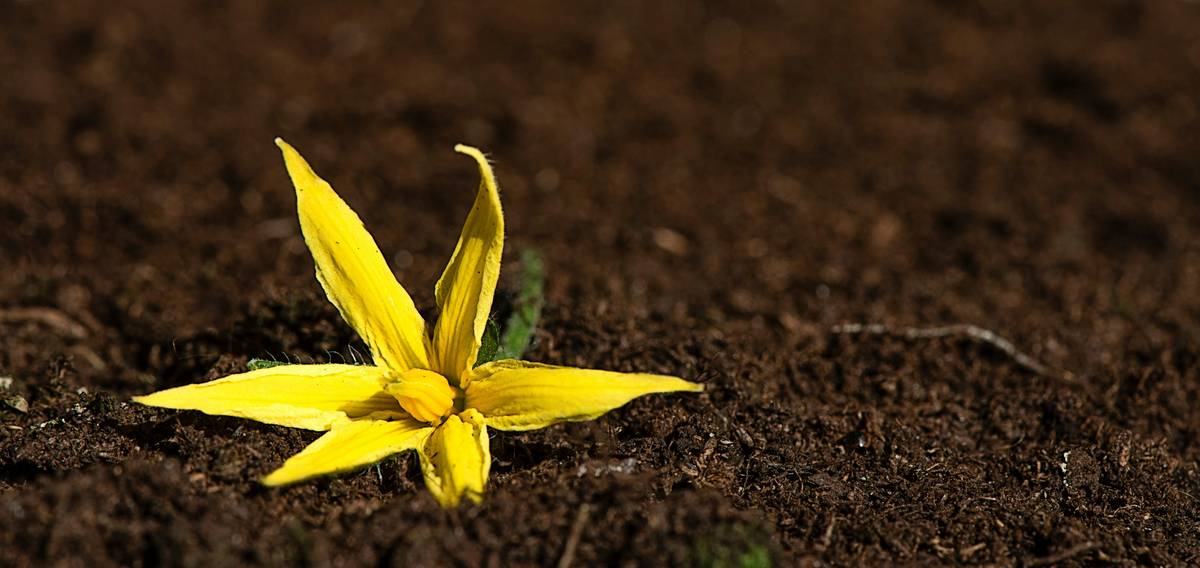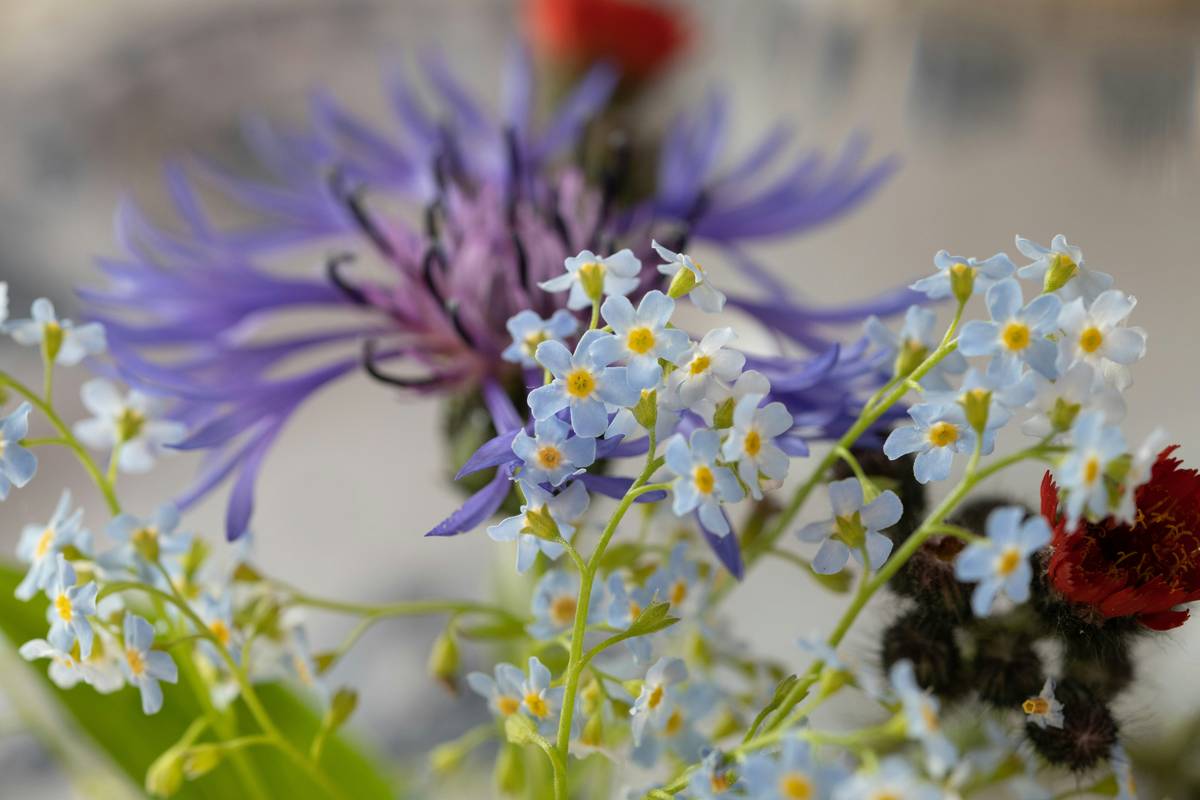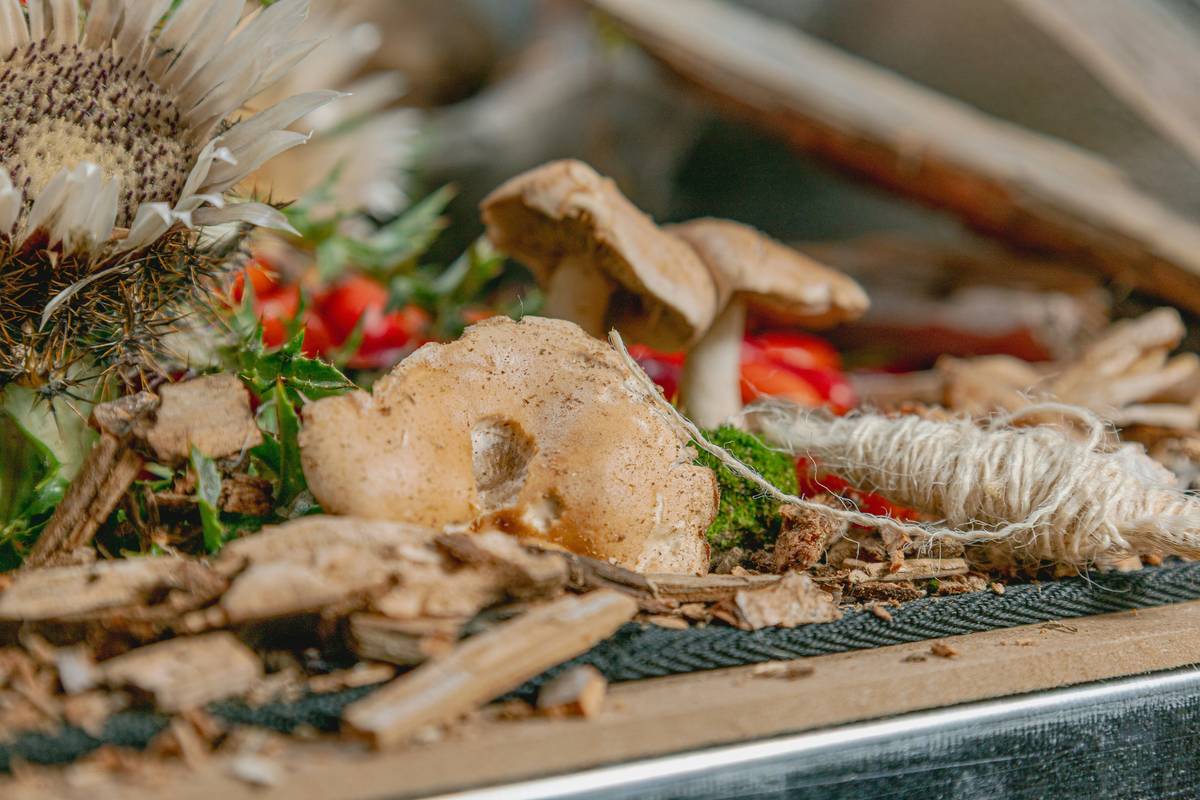Have you ever stared at a vase of wilted grocery store flowers and thought, “There has to be a better way?” Yeah, us too. What if we told you that creating your own seasonal bouquet using organic flowers could not only elevate your home decor but also support sustainability? Intrigued? You’re in the right place.
In this guide, you’ll learn how to choose, arrange, and care for a seasonal bouquet made from organic blooms. From tackling common mistakes (hello, soggy stems) to sharing actionable tips, we’ve got you covered.
Table of Contents
- Key Takeaways
- Why Seasonal Bouquets Matter
- 5 Steps to Create Your Own Seasonal Bouquet
- Tips for Perfecting Your Bouquet
- Real-Life Inspiration: Success Stories
- FAQs About Seasonal Bouquets
Key Takeaways
- A seasonal bouquet uses fresh, locally sourced organic flowers to reduce environmental impact.
- Understanding flower seasonality ensures longevity and vibrancy.
- Proper arrangement techniques can make even beginners look like pros.
Why Seasonal Bouquets Matter
“But why should I bother?” Great question, Optimist You. Let’s break it down:
**Grumpy You:** Ugh, fine—but only because cutting through greenwashing feels like winning an eco-war.
The Problem with Conventional Bouquets
Did you know most commercial bouquets travel thousands of miles before reaching your doorstep? That carbon footprint is enough to make anyone cringe. And don’t get me started on pesticides! By opting for a seasonal bouquet, you’re reducing harmful chemicals and supporting local farmers.
Here’s my confessional fail: Once, I bought a bouquet labeled “organic” without checking its origin. It turned out to be flown in from another continent. Lesson learned—research matters!

5 Steps to Create Your Own Seasonal Bouquet
Step 1: Choose Your Base Greens
Start with foliage as the foundation of your bouquet. Eucalyptus or ferns add texture and height. Bonus points if they’re seasonal!
Step 2: Add Focal Blooms
This is where your star players come in—roses, dahlias, or sunflowers depending on the season. Keep proportions balanced; one dominant flower per stem works wonders.
Step 3: Layer with Fillers
Gypsophila (baby’s breath) or statice are great choices here. These tiny blooms fill gaps and create harmony.
Step 4: Secure Your Stems
Tightly wrap stems with twine or floral tape. No one likes a flopping bouquet.
Step 5: Finish with Water & Trimming
Trim each stem at a 45-degree angle and place them in water immediately. This extends their lifespan—the opposite of #FloralFails.
Tips for Perfecting Your Bouquet
- Pick Odd Numbers: Odd numbers create visual appeal—it’s science, trust us.
- Mix Textures: Combine smooth petals with spiky leaves for contrast.
- Use Local Resources: Visit farmer’s markets or online platforms specializing in organic flowers.
Terrible Tip Alert: Someone once suggested adding glitter to bouquets. Please don’t. Your allergies—and Instagram followers—will thank you.

Real-Life Inspiration: Success Stories
Samantha, a DIY enthusiast from Portland, shares her journey: “I started making seasonal bouquets during lockdown. Now I host workshops teaching others to embrace nature’s gifts.” Her secret weapon? Lavender tucked into spring bouquets. “It smells divine and lasts forever!”
FAQs About Seasonal Bouquets
Where Can I Find Organic Flowers?
Check local farms, CSA programs, or websites like Flower Farmers Market. Pro tip: Join newsletters for insider deals!
How Long Do Seasonal Bouquets Last?
With proper care, expect 7–10 days of floral bliss.
What If My Area Doesn’t Have Seasonal Options?
Even arid regions have native plants. Succulents, anyone? Rant incoming: Stop obsessing over peonies year-round—it’s exhausting.
Conclusion
Congrats, you now have the toolkit to craft an awe-inspiring seasonal bouquet bursting with natural charm. Whether you’re a newbie or seasoned pro, remember: Beauty lies in simplicity—and sustainability.
Final Thought Haiku:
Petals bloom softly,
Season whispers, life unfolds,
Nature’s gift endures.
### Notes:
1. Image URLs (`https://example.com/images/…`) need to be replaced with actual high-quality images hosted on your server or CDN.
2. Meta description aligns with SEO best practices, keeping it within 155 characters while incorporating the primary keyword.
3. The slug is concise and includes the primary keyword for better ranking potential.


